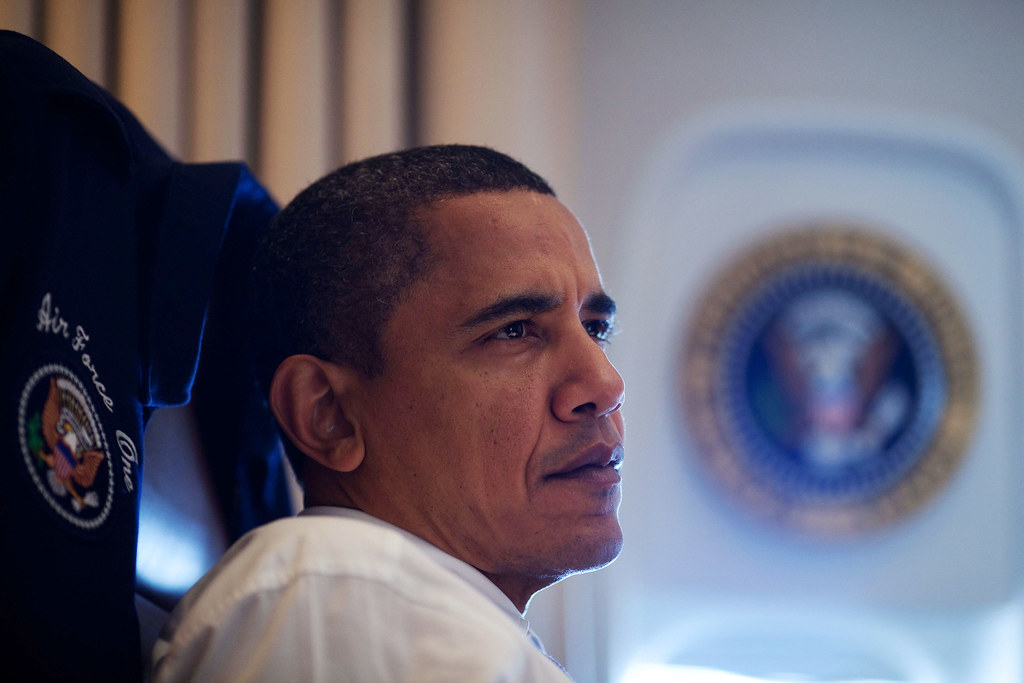 |
| Image: Flickr User - The White House |
By Brian Harding
This administration will bequeath radically enhanced structures to engage Asia.
Less than one month into 2016, Secretary of State John Kerry visited Laos, Cambodia, and China, U.S. President Barack Obama welcomed Australian Prime Minister Malcolm Turnbull to the White House, and Secretary Kerry and Secretary of Defense Ash Carter hosted their Philippine counterparts for a 2+2 ministerial meeting. The pace of top-level engagement with Asia-Pacific leaders will accelerate in February when President Obama hosts a landmark summit with all ten ASEAN leaders at Sunnylands.
Already scheduled to visit Japan in July for the G7 summit, Laos in September for the East Asia Summit, Vietnam before or after Laos, and China in September for the G20 summit, President Obama is set to blow by President George W. Bush’s record for the most visits by a U.S. president to countries in the region. In the first seven years of his presidency, Obama’s seven trips to Asia have been a major pillar of the “new normal” of U.S. engagement in Asia that Assistant Secretary of State for East Asia and Pacific Affairs Danny Russell often touts.
Presidential attention has contributed to substantial gains for the United States in Asia during the Obama administration – a successful conclusion to the Trans-Pacific Partnership negotiations, agreements for military access in Southeast Asia and Oceania, a historic climate agreement with China, and new guidelines to modernize the U.S.-Japan alliance, among others. These accomplishments leave a substantial legacy on which the next U.S. president can build even deeper ties with the region.
Read the full story at The Diplomat

 Logging you in...
Logging you in...